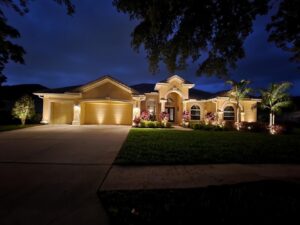Illuminating Your Landscape: Exploring Automation Methods for Landscape Lighting Systems
When it comes to creating a captivating outdoor ambiance, landscape lighting plays a vital role. It not only enhances the beauty of your surroundings but also adds an extra layer of security and safety. To maximize the convenience and efficiency of your landscape lighting, automation is the way to go. In this article, we will explore different automation methods, including photocells, manual timers, digital timers, and outdoor-rated Wi-Fi plugs, while analyzing their pros and cons. There are certainly more automation methods out there with other capabilities but in this article we are reviewing the basics. Click here to see other methods of landscape lighting system control. Some other forms of control outside of turning on and off are dimming, zoning, & color changing.
- Photocells:
Photocells are light-sensitive devices that automatically turn on landscape lighting fixtures at dusk and off at dawn. These devices utilize the change in ambient light levels to trigger the lighting system. One of the primary advantages of photocells is their simplicity. Once installed, they require no additional programming or manual intervention. They are also relatively affordable and reliable. However, photocells lack flexibility in terms of customization and may be affected by nearby artificial light sources, leading to inaccurate timing.
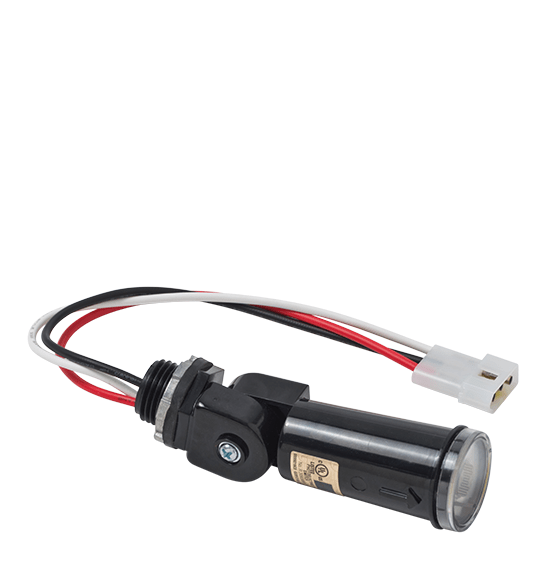
- Manual Timers:
Manual timers are simple devices that allow you to set specific times for your landscape lighting system to turn on and off. These timers offer more control compared to photocells as they allow you to determine exactly when the lights should be active. Manual timers are cost-effective and easy to install. Additionally, they provide a consistent lighting schedule, which can be beneficial for security purposes. However, manual timers require manual adjustment with changing seasons or daylight savings time, which can be a drawback for some users.
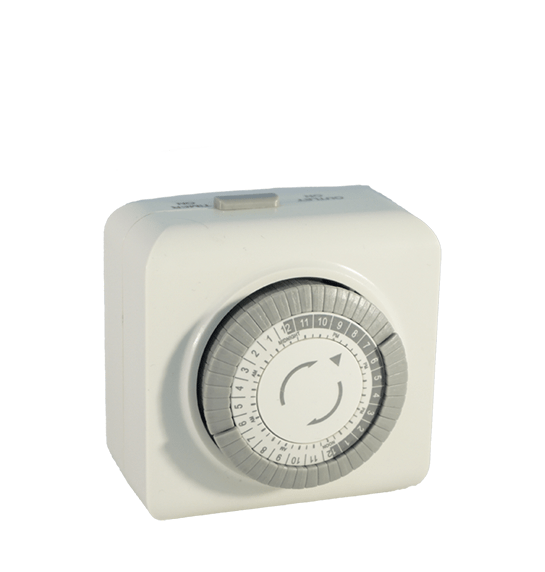
- Digital Timers:
Digital timers take automation a step further by providing increased precision and flexibility. With digital timers, you can program complex lighting schedules with multiple on/off cycles throughout the day. Some advanced models even offer options for randomizing lighting patterns, giving your landscape a more natural appearance. Digital timers are typically user-friendly and allow for easy adjustments to accommodate changes in seasons or special events. Nevertheless, they can be more expensive than manual timers, and some users may find programming them slightly challenging.
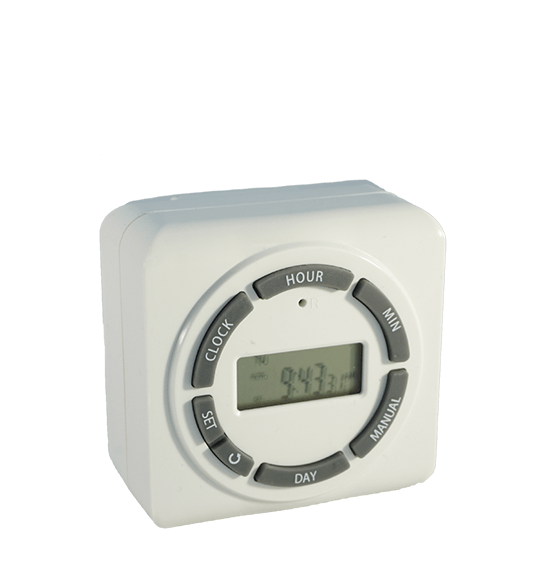
- Outdoor-Rated Wi-Fi Plugs:
In the era of smart homes, outdoor-rated Wi-Fi plugs offer a modern and convenient solution for automating landscape lighting. These plugs can be controlled remotely via a smartphone or integrated with voice assistants such as Alexa or Google Assistant. Outdoor-rated Wi-Fi plugs provide the flexibility to turn your lights on and off from anywhere, creating an illusion of an occupied home and enhancing security. Additionally, they often come with scheduling options, allowing you to set personalized lighting patterns effortlessly. However, outdoor-rated Wi-Fi plugs require a stable Wi-Fi connection and may be subject to occasional connectivity issues. They also tend to be more expensive than other automation methods.
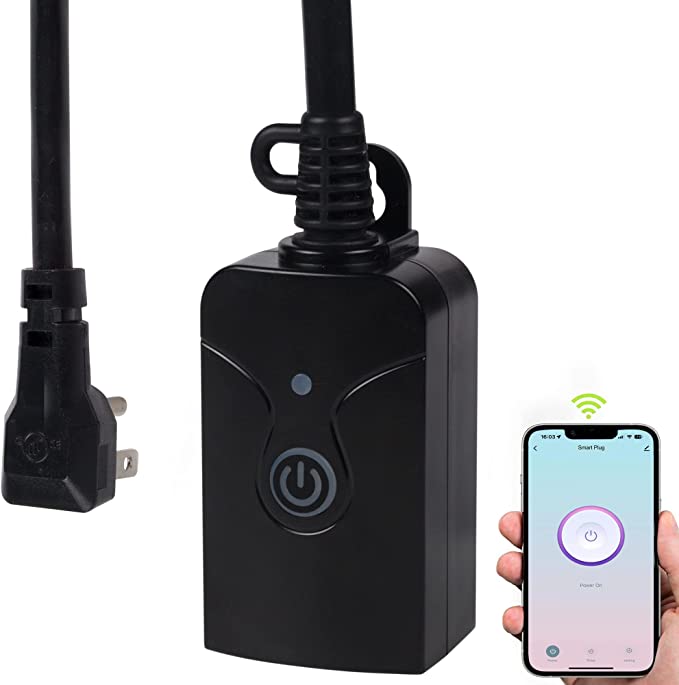
Automating your landscape lighting system offers numerous benefits, including convenience, energy efficiency, and enhanced security. As we have seen, each automation method has its own set of advantages and disadvantages. Photocells are simple and reliable but lack customization options. Manual timers provide control but require manual adjustment. Digital timers offer precision and flexibility but can be more complex to program. Outdoor-rated Wi-Fi plugs bring smart connectivity but depend on a stable Wi-Fi connection. Consider your specific needs and preferences to choose the automation method that best suits your landscape lighting project.
Remember, whether it’s illuminating your landscape, enhancing your dock lighting, or adding charm to your outdoor spaces, automation can revolutionize your outdoor lighting experience. Thanks for reading and please reach out with any questions! We are happy to answer any questions, comments or concerns regarding outdoor lighting, visit our contact page.

